The oldest and most famous cave paintings (16,000 to 20,000 years old) are in Lascaux, France. The animals and human figures in the cave were long thought to be symbols of magic or worship to help hunters. Eventually someone noticed that the dots of paint that decorate the animals are actually diagrams of groups of stars. Most constellations have different symbols today, but the giant bull (possibly the best-known image in cave art) is actually the constellation we still call Taurus -the bull. His eye is the star Aldebaran, and a V-shaped decoration of dots around it represents the Pleides star cluster.
NOT JUST A PILE OF STONES
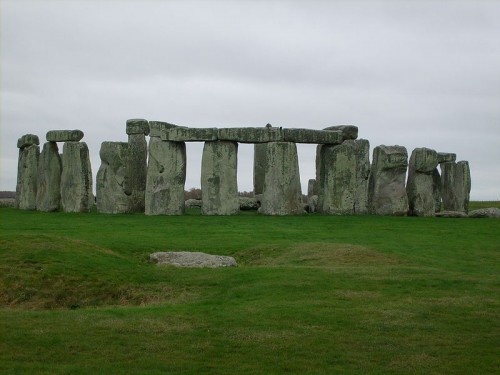
STONEHENGE SOUTH
Just as mysterious is the recently discovered stone circle of Nabta, Egypt, which at 7,000 year old is the oldest astronomical observatory of its kind so far discovered. Like Stonehenge, it marks sunrise and sunset at midsummer, but other than that, no one knows who built it or what else it might be for. The site was abandoned after 2,000 years, just before the rise of the Egyptian Old Kingdom. Did the ancient Egyptians get their astronomical knowledge from an older civilization in the Sahara?
SERIOUS ABOUT SIRIUS
The star Sirius was worshiped by a whole range of ancient peoples, from the Arabs and ancient Egyptians to the West African tribes of the Dogon and the Bozo (don’t laugh; they’re real). The Egyptians built whole rows of temples pointing at the spot on the horizon where Sirius would rise each year. This was the beginning of their calendar year and marked the flooding of the Nile. For them, Sirius was the resting place of the dead and the most important star in the sky.
THE INVISIBLE SUPERSTAR
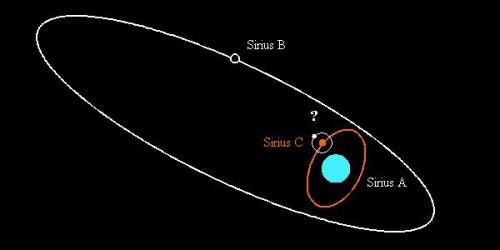
PYRAMID SCHEME
Because questions remain about the alignment of ancient monuments, the field is wide open for speculation. New Agers (who speculate wildly at least three times before breakfast) will tell you that the Egyptian pyramids are time machines, UFO bases, or gates to other dimensions. Thank heavens (no pun intended) for the Mayans of Mexico, who left detailed written documents to explain the astronomy behind the construction of their pyramids. It turns out that the Mayans had a highly developed calendar system, using astronomical events to fix magical dates for sacrifices and other rituals. Their pyramids were built on alignments that pointed toward the positions of the Sun, the Moon, planets, and stars at these special dates. It can’t be definitely proven that the Egyptian pyramids, or the similar ziggurats of Mesopotamia, were built on the same kind of idea, but the astronomical alignments are similar, and so far no one have come up with a better explanation.
A FEW OF MAYAN FAVORITE THINGS
For the Mayans, the two most interesting objects in the sky were the planet Venus and the Sun. While Stonehenge and other ancient sites fixed the position of the midsummer sun at dawn, the Mayans used the moment when it directly overhead. Venus dips below the horizon at a variable date in the year and rises about 50 days later. The Mayans were able to calculate this period, and they were also able to predict eclipses. They marked these occasions with human sacrifice and chose days to go to war by consulting their astronomical calendars.
STONEHENGE, U.S.A.
In the hills of Wyoming, there’s an ancient stone construction called the Big Horn Medicine Wheel, which some have called the American Stonehenge. A similar construction is the Moose Mountain Wheel in Alberta, Canada. Both were sacred sites for local Native Americans, but archaeologists date them from before the Plains Indians arrived to some unknown indigenous people.
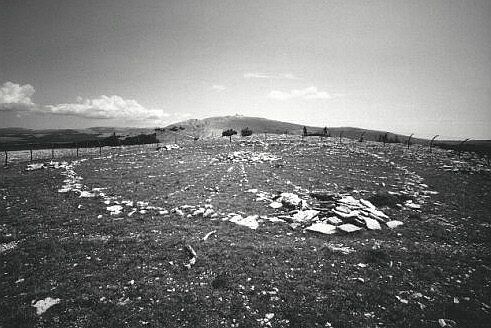
KEEPING AN EYE ON THE SKY
It’s not surprising that great civilizations like the Egyptians and the Mayans could develop a kind of astronomy. What’s amazing is that people from the Stone Age -or people still living Stone Age lifestyles- also had detailed knowledge of astronomy. Native Americans, nomads in the Sahara desert, and even genuine cavemen were doing the math and measuring the angles. How many people today could build an astronomical observatory out of lumps of rock?

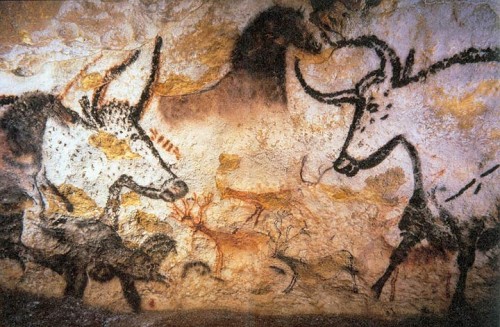

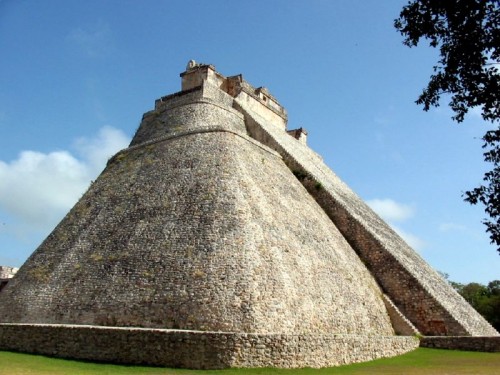
No comments:
Post a Comment